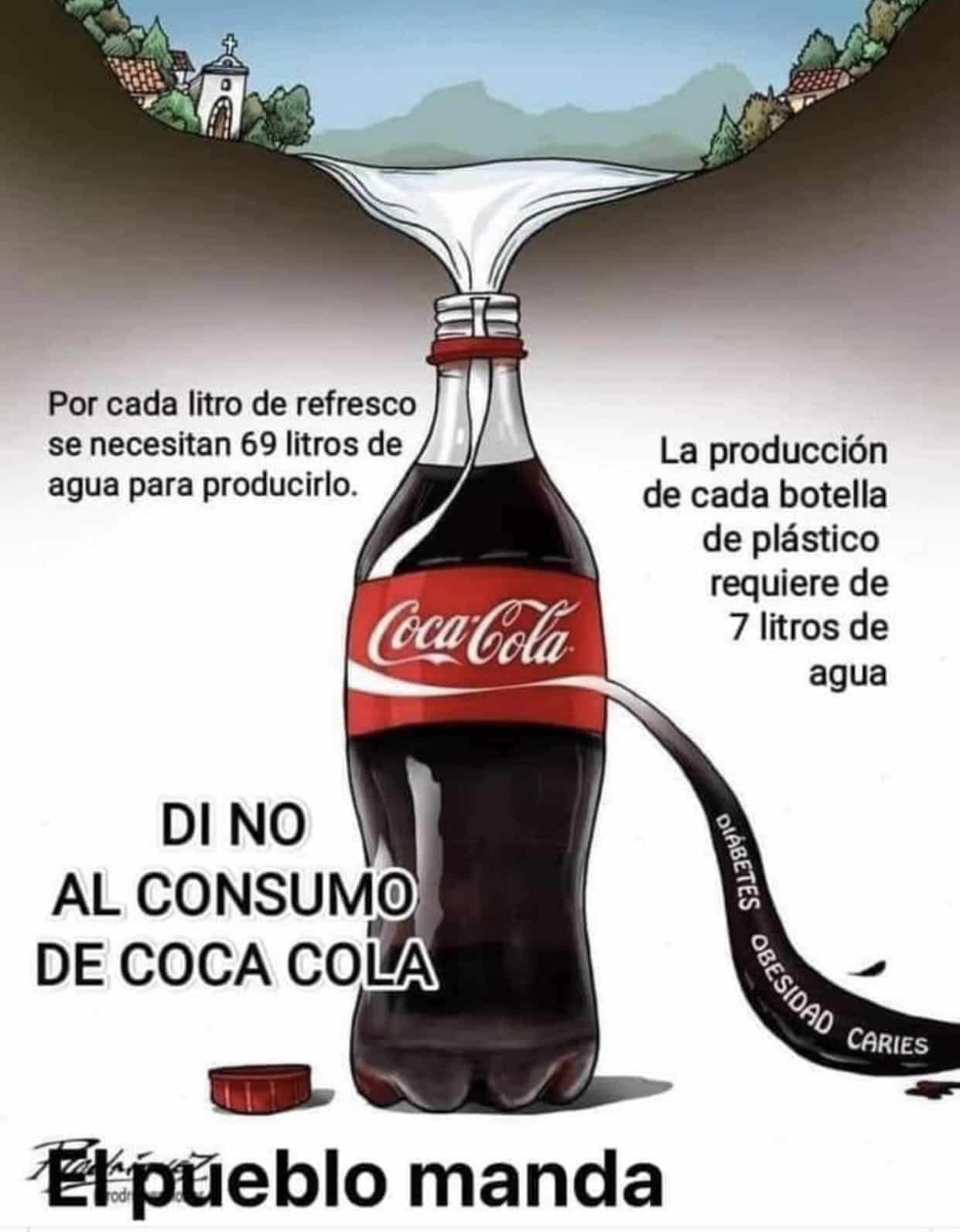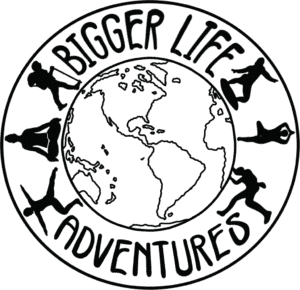San Cristobal de las Casas – Zapatistas, water, and Coca-cola.
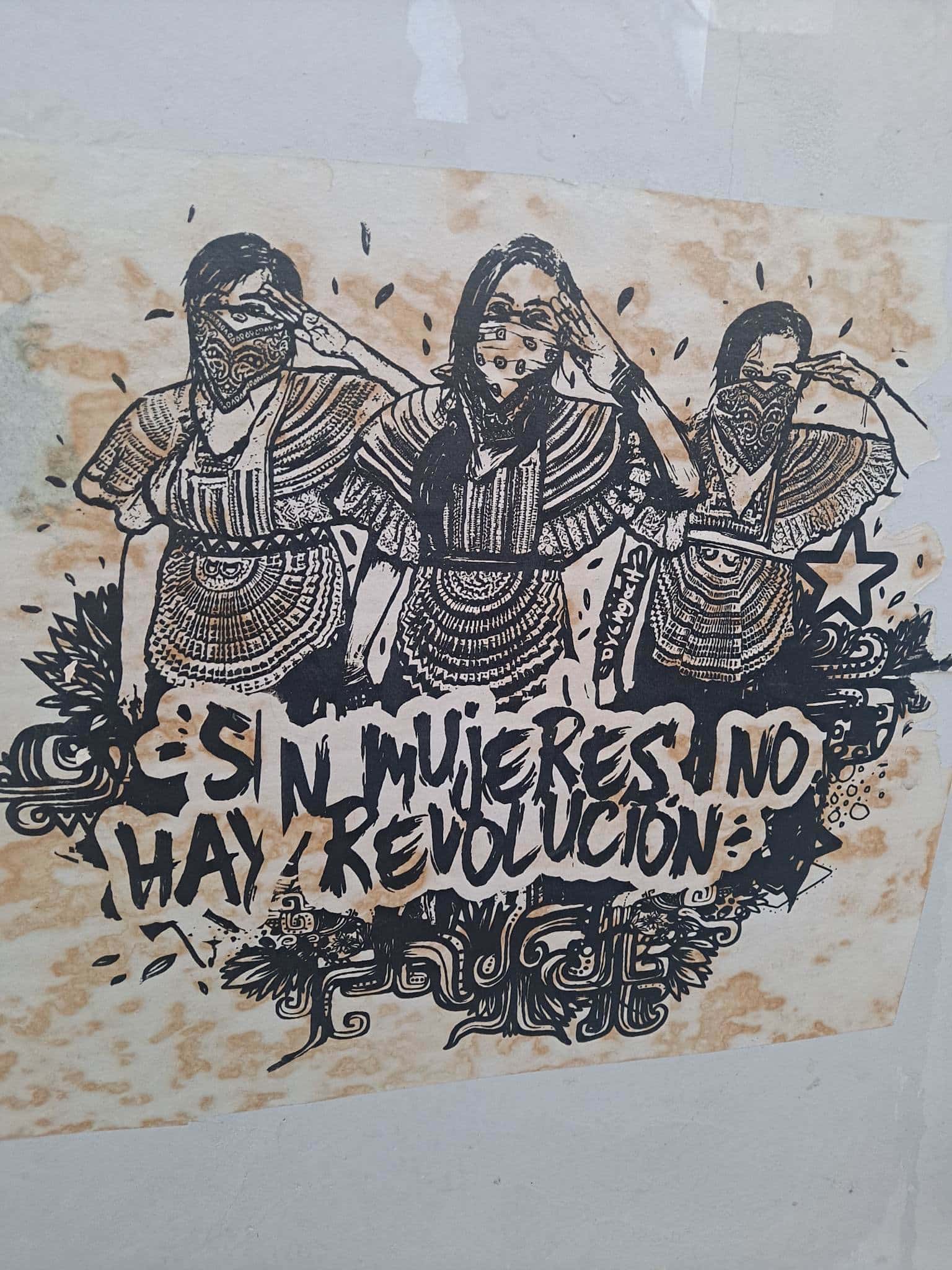
San Cristobal de las Casas – Zapatistas, water, and Coca-cola.
San Cristóbal de Las Casas sits in a valley beneath rolling green mountains. A city of around 200,000 people, San Cristóbal is the cultural heart of the Mexican state of Chiapas. With its colonial architecture and Zapatista revolutionary past, San Cristóbal has a ton of history, ancient foods, art, but also poverty, disease, and water shortages thanks to Coca-cola Company.
The cobblestone sidewalks are wide enough for 1.5 people. All the streets are one way, most of the time, and have cars parked along one side. The doors from the street enter into grand haciendas with blooming courtyards, many of which are now mazes of small apartments. The buildings are painted many different colors, and the tiled rooftops cascade in every direction, reminiscent of so many other towns — wherever the Spanish have conquered.
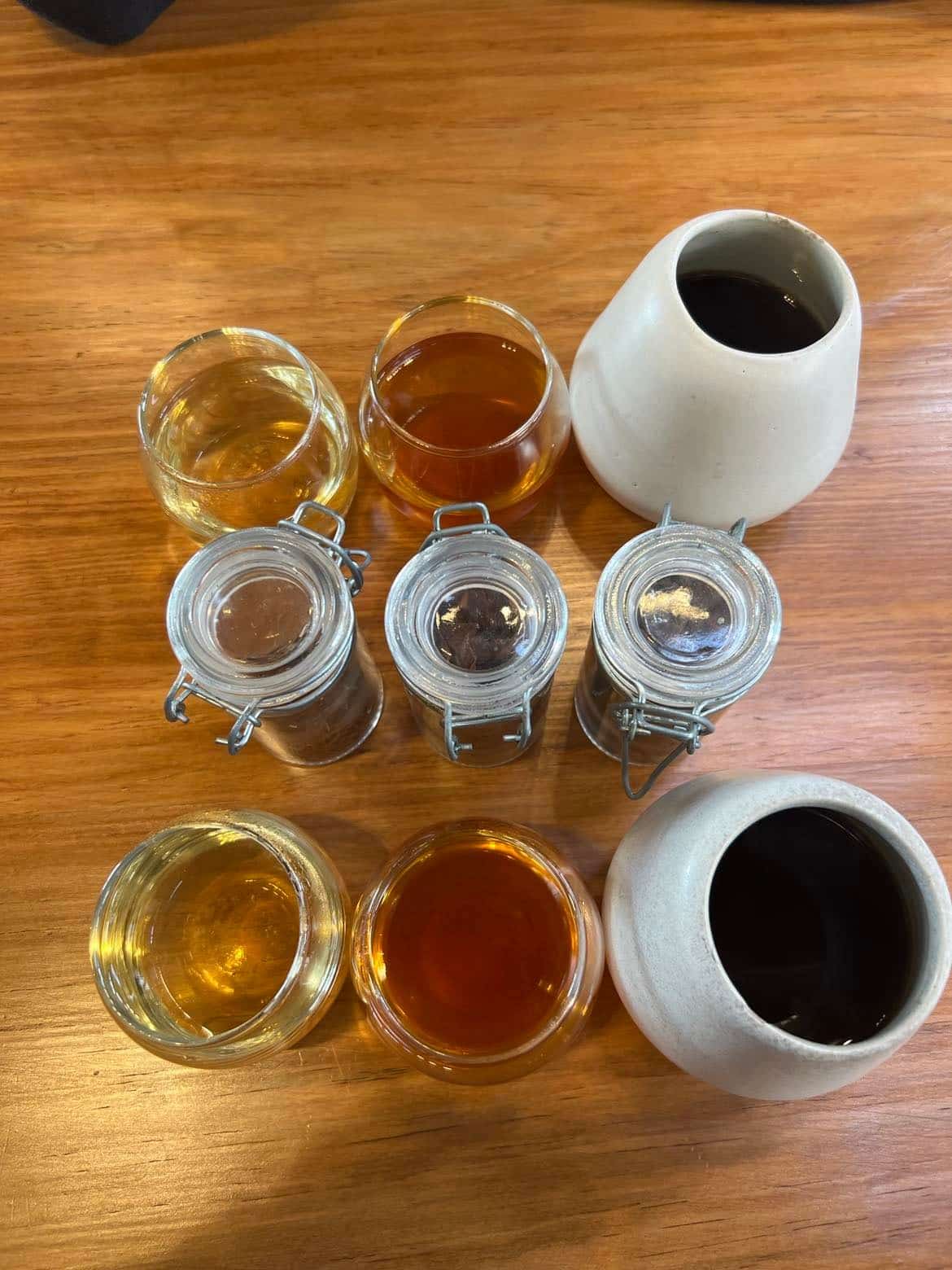
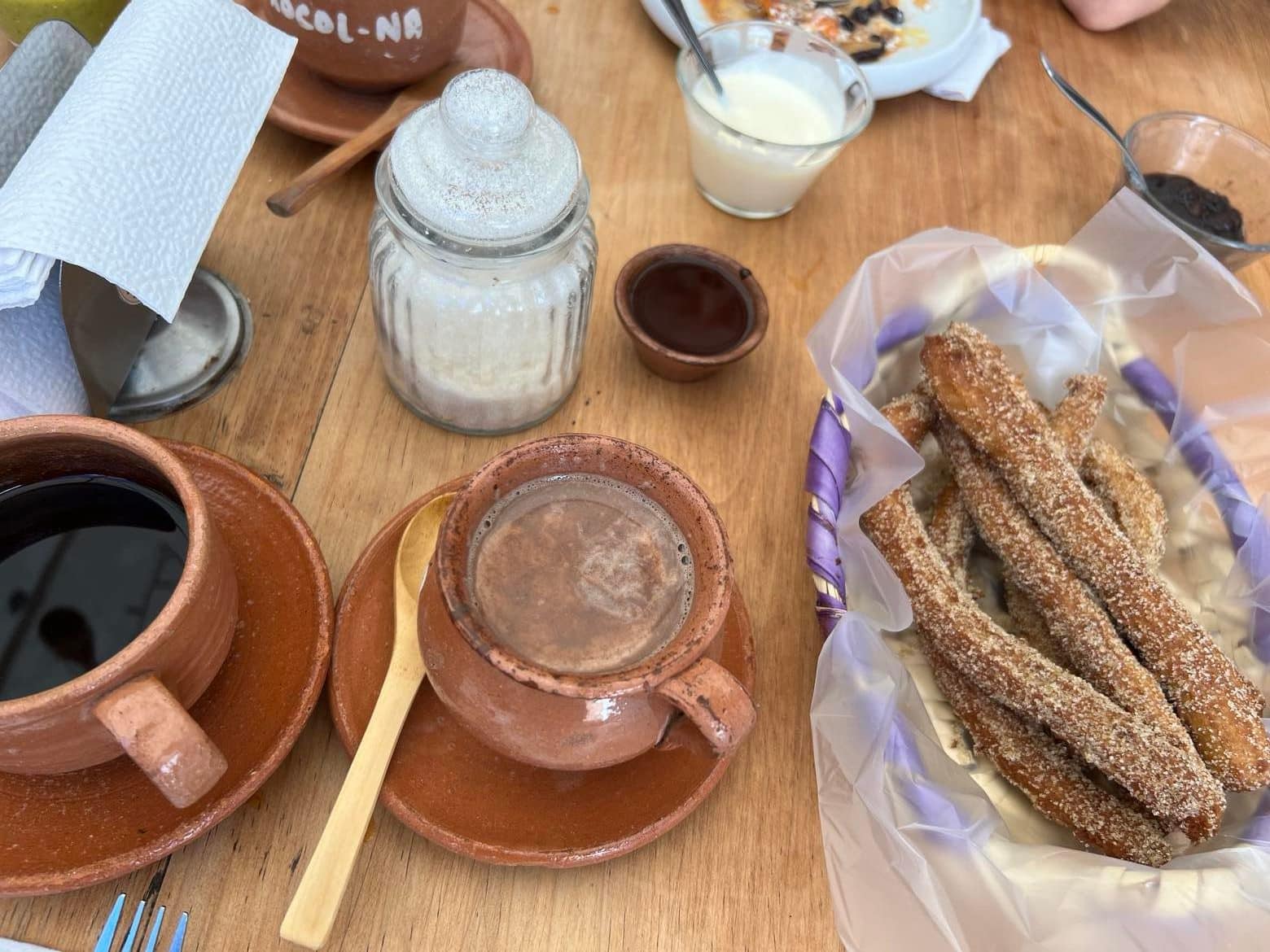
If you have had coffee or chocolate from Mexico, odds are it came from Chiapas. They grow it too well actually. In the 60s and 70s, wealthy international and Mexican companies were allowed to purchase entire farming areas that had been farmed by indigenous communities for centuries up until then. Upwards of 50,000 people were forced out of their homes and into the jungle where they began organizing various resistance and community support groups. Out of these came the infamous Zapatistas.
The Zapatistas, or EZLN, despise labels and seem to just want what is theirs and to be left alone. In 1994 several thousand EZLN soldiers took over the six biggest cities in Chiapas, including San Cristóbal, along with many large farms and cattle ranches. The leader of the movement stood in camo and a black ski mask as Zapatistas ransacked the government buildings and gave a lot of speeches. There were a few battles with the Mexican army before the local bishop of the Catholic Church stepped in to mediate a truce. Both sides pulled back their armies and nearly 30 years later the EZLN controls (or has “uncontrolled”, rather) over 1/3 of the state of Chiapas. These many villages operate as autonomous zones where the people govern themselves and don’t allow police or military to enter.
These EZLN-controlled areas have their own health care centers. Stats from 2014 showed that indigenous communities under Zapatista control were provided substantially better medical care than those living in Mexican government-controlled regions. So yes, Mexico has a big problem with racism, just like their neighbor to the north. Many of the EZLN leaders are women and the whole movement is very feminist. You can see this on the many murals across the region with slogans such as “Sin mujeres, no hay revolution.” Without women there is no revolution. I agree.
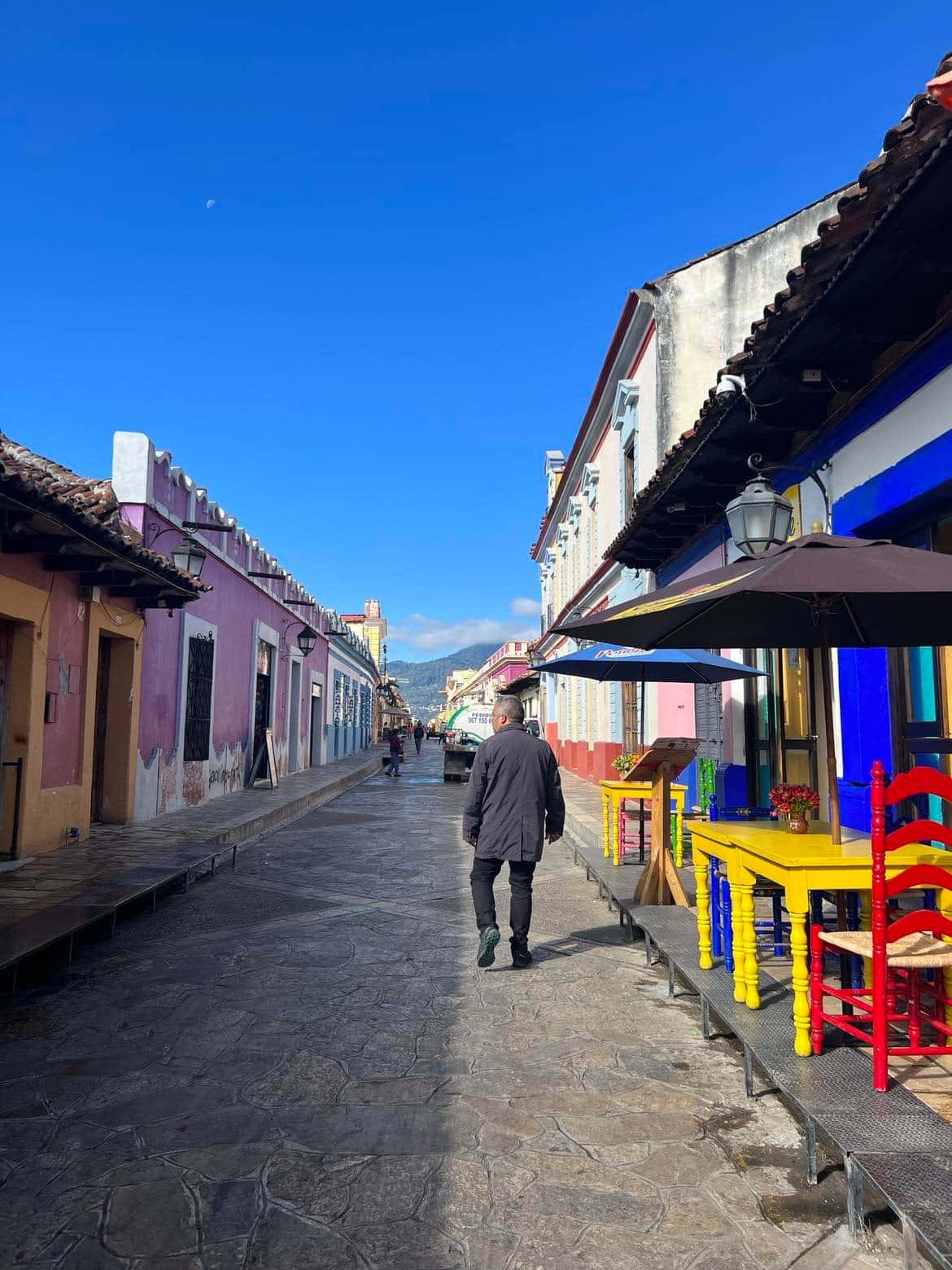
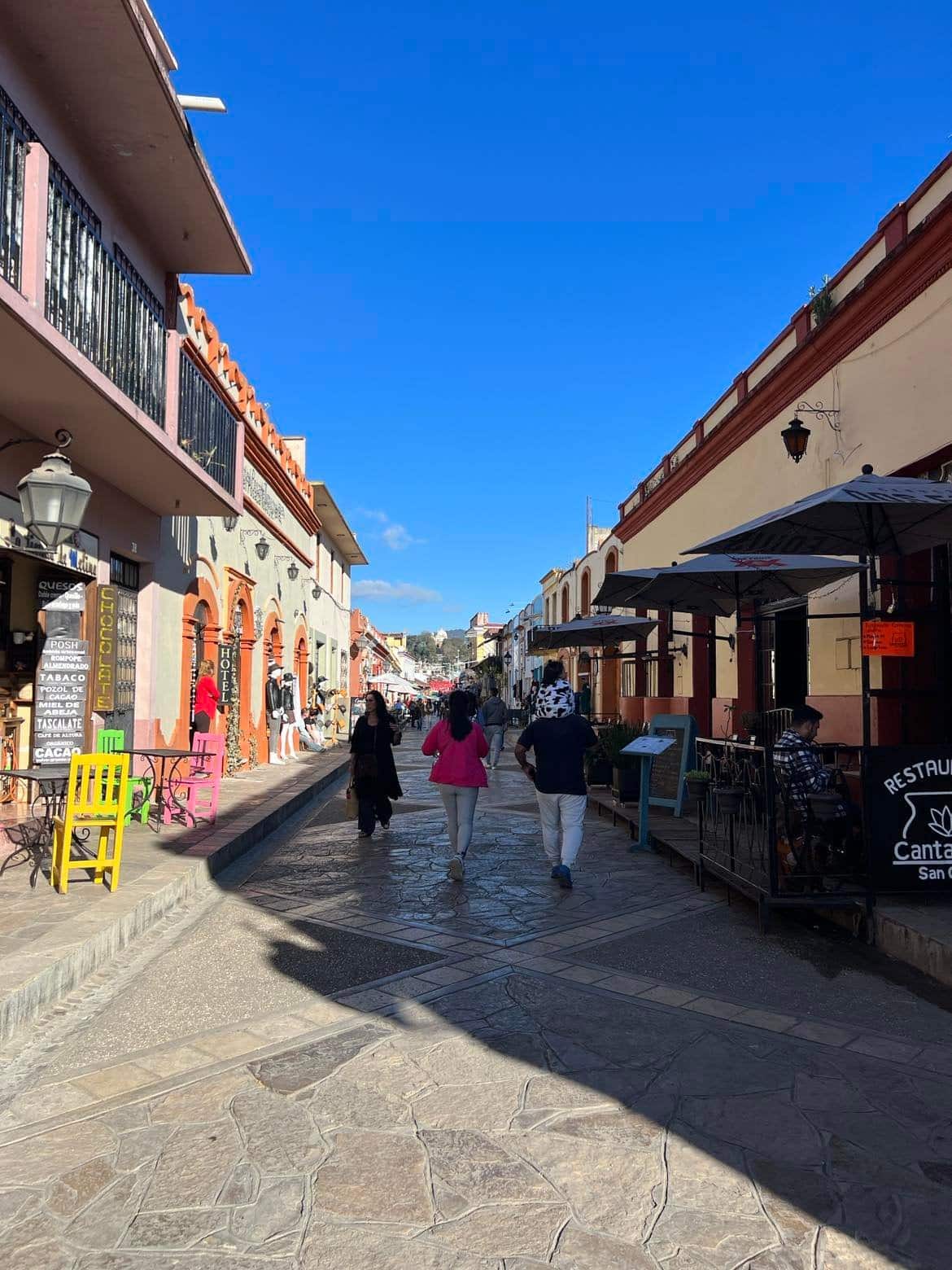
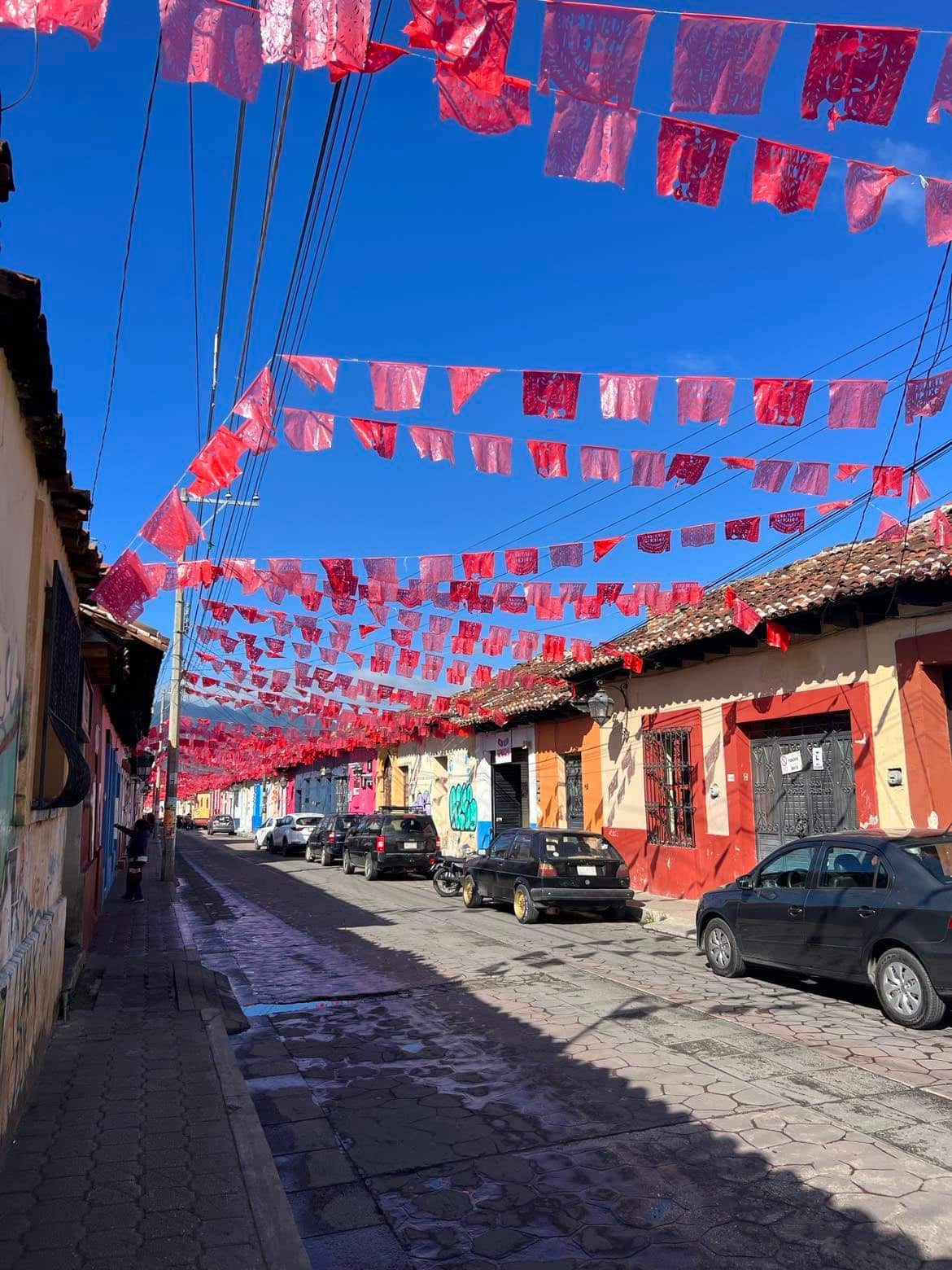
Although San Cristóbal de las Casas is under control of the Mexican government, Zapatista loyalty runs deep and there is even a small shop in the city center selling Zapatista literature and other propaganda. Many of the people around town still dress in their traditional Mayan dress, and many of the western dressed people are still rooted in the culture as well. I am maybe 5’8” on a good day, but many of the women in Chiapas are well under 5’ tall, and sometimes the top of the men’s cowboy hats is only at my nose.
The food in San Cristóbal is anchored in pre-hispanic tastes. With staples like corn, squash, fruits, amaranth, chia, beans, coffee, and cacao, the Mayans traditionally ate a diet that was high in plant protein and low in sugar. The Spanish introduced sugar cane into the Americas and through this action they would unknowingly kill more people than through any of their brutal war tactics. Today people in Chiapas consume more Coca-Cola than any other people on the planet; a whopping average of two liters per day per person. Since people were initially resistant to the sugary beverages, Coke created ad campaigns in the Mayan languages, showing traditionally-dressed people consuming the drink. Soon after a story was told of a father who cured his ill child with Coca-Cola. Somehow the Mayan priests, who practiced a kind of Catholicism blended with their own beliefs, started using the beverage in religious ceremonies. The San Cristóbal Coca-Cola factory holds a long standing contract to use 300,000 gallons of water per day. If I did the math right, they are paying about $100 per day which goes to the federal government. Many days the water taps in the city of San Cristóbal run dry, while Coca-Cola continues to be produced. With a bottle of water more expensive (and harder to get) than a bottle of Coke, many people drink no water, only Coke. From my observation, the poorer the people, the more Coke they drink.
Many times the locals have protested the Coca-Cola plant. However, it is heavily backed by the Mexican government (the subsidiary who distributes Coke in Mexico is one of the most powerful companies in the country) and Coke continues to be created out of the majestic streams of San Cristóbal where water has always been abundant. Children (already addicted to Coca-Cola) watch as their parents waste away from diabetes, now the second-leading cause of death in the state of Chiapas. The local Coke spokesperson stated that no, they don’t steal all the water. He also said that he doesn’t believe that Coke causes diabetes, that perhaps Mexicans are just genetically predisposed to the disease. Remember this was the same tactic the cigarette companies used during the ’90’s; Deny the problem exists while lining the pockets of politicians.
Besides diabetes, the Coke problem causes people to have terrible dental problems, and many Zapatistas have gold fillings from decades of sugary abuse. When you hike to a waterfall in Chiapas, families don’t even bring water, only Coke. Nice people, bad teeth.
I believe history will view Coca-Cola no differently than the cigarette companies, it certainly is causing a similar suffering in the world. It should have an “XXX POISON!” label across the front and should never be sold to children. If I could make a single impression upon anyone here it is this: no coke, never. Put it back on the self and leave it there to rot.
